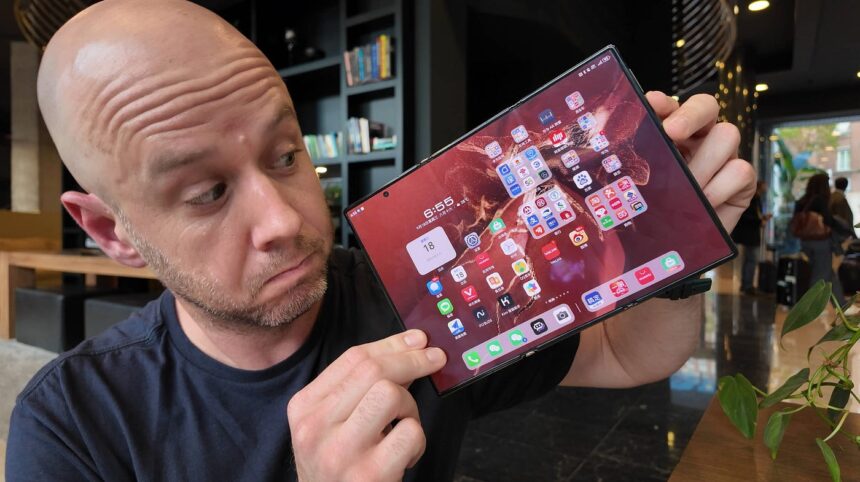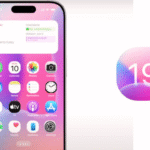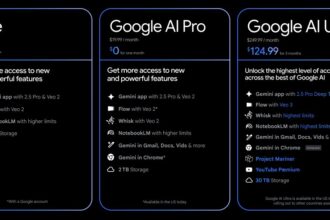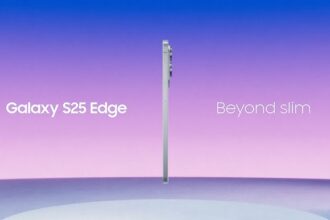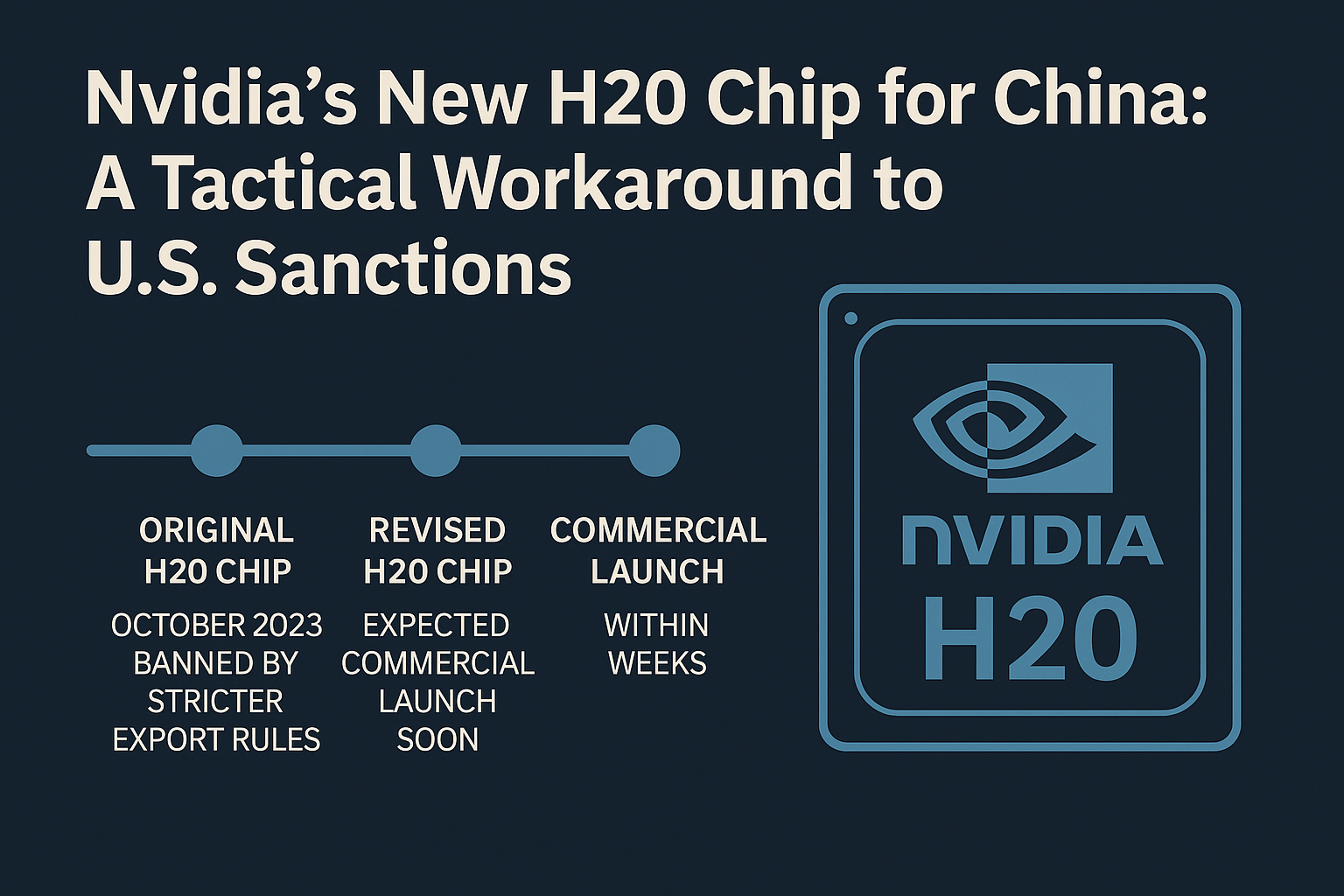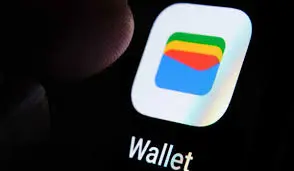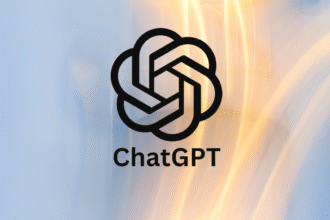Huawei has launched its trifold smartphone, the Mate XT, outside of China, marking a significant step in its efforts to regain a foothold in international markets after years of setbacks due to U.S. sanctions. The device, which starts at €3,499 ($3,660), is now available in select markets, including Saudi Arabia and the United Arab Emirates, with more countries expected to follow.
The Mate XT, first released in China last year, is the world’s first trifold smartphone. Unlike traditional foldable devices that fold once, the Mate XT features two folding points, allowing it to display content on a single, double, or triple screen. This innovative design has generated global intrigue, positioning Huawei as a pioneer in foldable technology.
A Comeback Strategy
Huawei was once the world’s largest smartphone manufacturer, competing head-to-head with Apple and Samsung in the premium segment. However, U.S. sanctions imposed in 2019 cut off Huawei’s access to advanced chips and Google’s Android operating system, causing its international market share to plummet to just 0.3%, according to research firm International Data Corporation (IDC).
Despite these challenges, Huawei has made a remarkable comeback in its home market. Its share of China’s smartphone market grew to 17% in 2024, up from 12% the previous year, driven by the release of a smartphone featuring a surprisingly advanced chip. This achievement defied expectations, given U.S. efforts to restrict China’s access to cutting-edge semiconductor technology.
Now, Huawei is aiming to replicate this success internationally by focusing on high-end devices like the Mate XT. However, the company faces significant hurdles, particularly the lack of Google services, which are essential for many users outside of China.
Targeting the Luxury Market
Francisco Jeronimo, IDC’s vice president for data and analytics, believes the Mate XT is not intended for mass-market appeal. Instead, it targets wealthy individuals who value exclusivity and cutting-edge technology. “I think what they [Huawei] believe is that the trifold can be a unique value proposition,” Jeronimo told CNBC. “Because it is very expensive, they aim to target wealthy individuals who are more keen on showing off they have the money versus having the best experience you can get.”
Even with limited sales, the Mate XT could generate substantial revenue. Jeronimo estimates that selling half a million units would bring in $1.5 billion.
Challenges Ahead
The Mate XT’s success outside of China will depend on its ability to overcome the absence of Google’s Android ecosystem. While Android users globally rely on the Google Play Store for apps, Huawei’s AppGallery lacks popular Google services like YouTube, Google Maps, and the Gemini AI chatbot.
Neil Shah, partner at Counterpoint Research, highlighted this issue, stating, “Lack of Google still is a ‘gaping hole’ for the mainstream international market, especially for those who will pay top dollar for a trifold hardware but want to run Netflix or Google’s Play Store or the latest cutting-edge GenAI Google Gemini features.”
A Test of Huawei’s Appeal
The Mate XT represents a bold move by Huawei to reassert itself as a leader in smartphone innovation. However, its high price and limited app ecosystem may restrict its appeal to a niche audience. As Huawei continues its push into international markets, the Mate XT will serve as a litmus test for the company’s ability to compete in a landscape dominated by Apple, Samsung, and Google.
For now, the trifold smartphone stands as a symbol of Huawei’s resilience and ambition, even as it navigates the challenges of a rapidly evolving global market.

